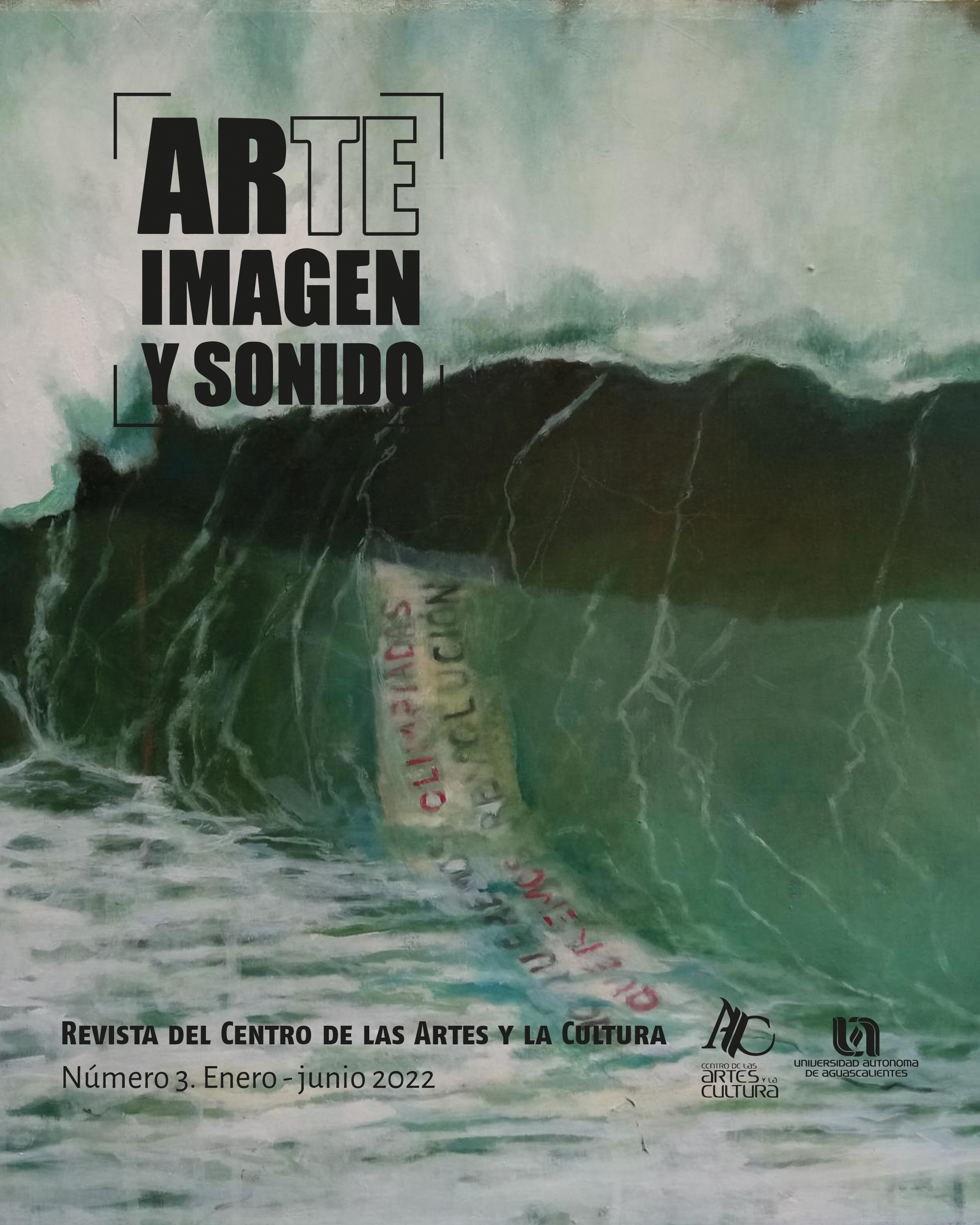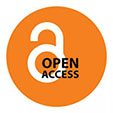The importance of working with the family album from a feminist perspective
DOI:
https://doi.org/10.33064/3ais3506Keywords:
family album, visual autobiographies, visual narrative, feminist artAbstract
The objective of this article is to introduce the proposal presented in the book What can a woman do with a camera? (a book edited by the British artist Jo Spence) about working with the family album and visual autobiographies. The idea presented in that respect has to do with a work that integrates "domestic" or private photographs and aims to reveal the most naturalized power struggles within the family, something that is not usually visible in family photographic archives, thus being a way of working with the so-called “family optical unconscious” (Hirsch 2012). Although for many people the family represents a space of security, closeness or acceptance, for many others it is not. Although this approach by Jo Spence would inspire many other artists to work with their own album, it was presented first and foremost to be appropriated by any woman or group, collective or marginal community.
On the other hand, collective or group work with the family album can have the advantage of uncovering the untold, denied or unseen stories of certain types of lives, that is, making visible “existences of those whose ways of knowing and seeing the world are rarely taken into account, much less celebrated, in the expressions of a hegemonic culture” (Kuhn 2013).
Downloads
Metrics
Downloads
Published
How to Cite
Issue
Section
License
Copyright (c) 2022 Gabriela Barragán Campos

This work is licensed under a Creative Commons Attribution-NonCommercial-NoDerivatives 4.0 International License.
The copyright of the articles rests with the authors, who by publishing them agree to do so under the Creative Commons Attribution-NonCommercial-NoDerivatives 4.0 International license.












